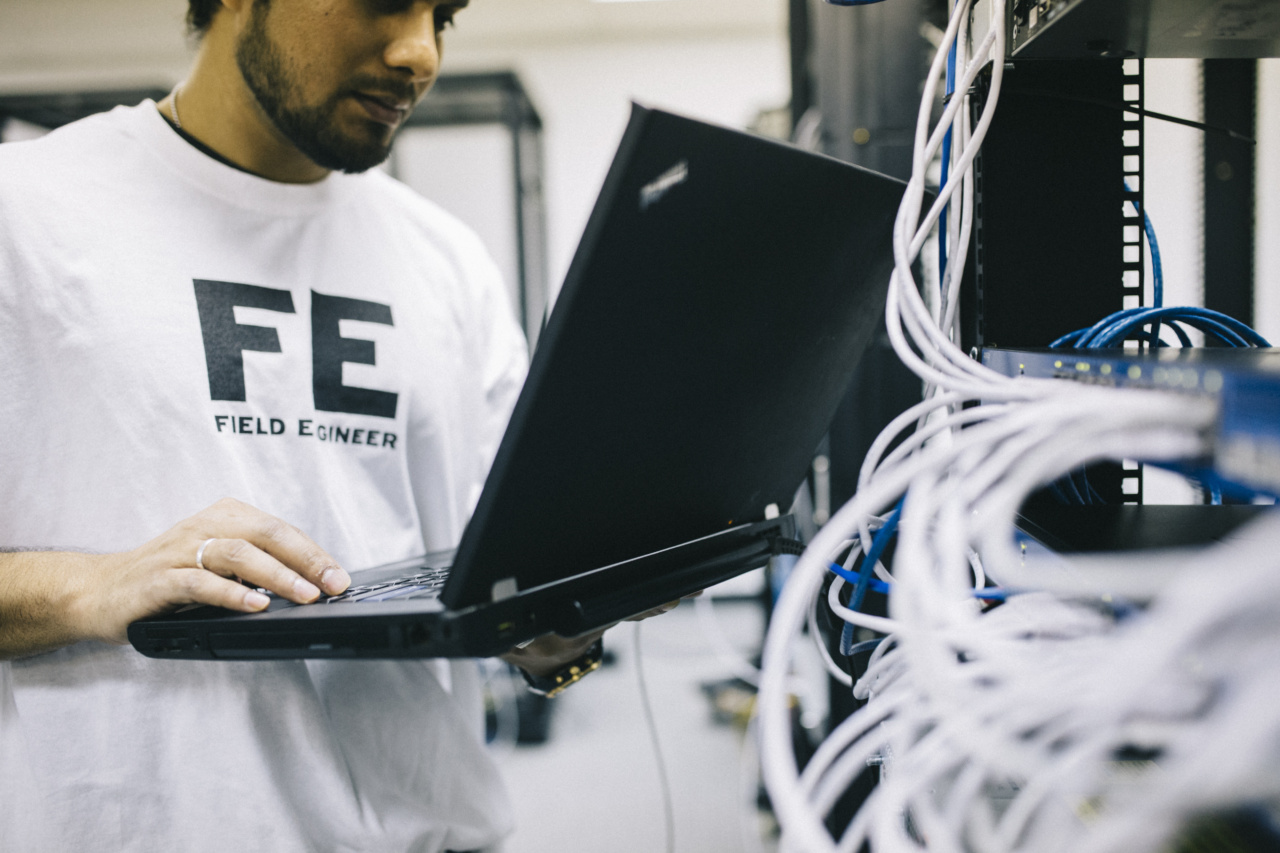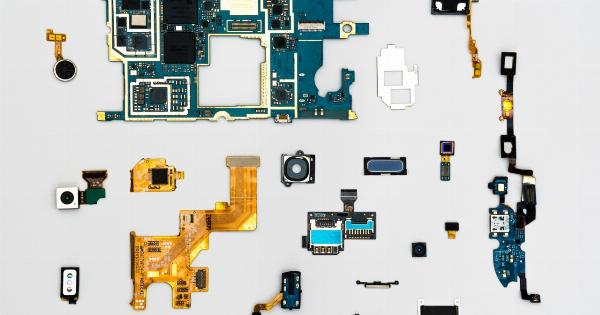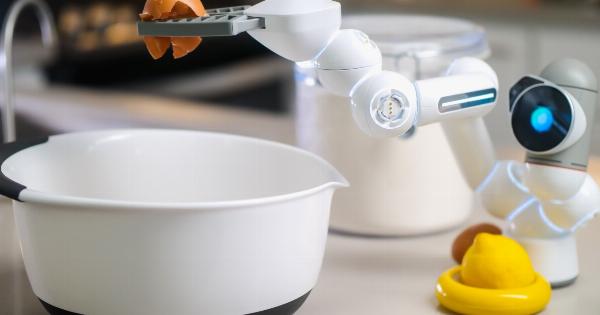Mastectomy is a surgical procedure performed to remove one or both breasts on individuals who have been diagnosed with breast cancer or have a high risk of developing it.
While mastectomy is crucial for cancer treatment and prevention, it can have a significant impact on a person’s body image and quality of life. However, advancements in robotic technology have revolutionized the field of mastectomy repair, offering new hope and improved outcomes for patients.
The Need for Mastectomy Repair
Following a mastectomy, many individuals experience physical and emotional challenges that can affect their self-esteem and overall well-being.
Common post-mastectomy issues include breast asymmetry, lack of nipple sensation, scar visibility, and discomfort. These concerns can have a profound psychological impact on patients, negatively affecting their body image, confidence, and quality of life.
To address these challenges and help patients regain their self-confidence, doctors and researchers have turned to robotics as a potential solution.
Robotic-assisted mastectomy repair enables surgeons to perform more precise and minimally invasive procedures, resulting in improved cosmetic outcomes and reduced recovery times.
Robotic Mastectomy Repair Techniques
Robotic-assisted mastectomy repair encompasses various techniques that utilize state-of-the-art robotic systems to improve surgical precision and patient outcomes. Here are some of the most notable techniques:.
1. Robotically-Assisted Nipple Reconstruction
Nipple reconstruction is a key aspect of mastectomy repair, as it helps restore the natural appearance of the breasts.
Robotic systems empower surgeons with enhanced dexterity and visualization, allowing for the precise recreation of the nipple and areola complex. This technique minimizes scarring and improves aesthetic outcomes, leading to increased patient satisfaction.
2. Robotic Oncoplastic Breast Reconstruction
Oncoplastic breast reconstruction refers to a combination of oncologic surgery (cancer removal) and plastic surgery techniques.
The use of robotic systems enables surgeons to perform these intricate reconstructions with greater precision, resulting in improved cosmetic outcomes and reduced postoperative complications.
3. Robotic Breast Implant Placement
During breast reconstruction, many patients opt for breast implants to restore volume and shape. Robotic technology assists surgeons in accurately placing breast implants, ensuring optimal symmetry and a more natural-looking result.
Robotic systems provide real-time feedback and 3D visualization, enabling precise implant positioning to achieve the desired aesthetic outcome.
The Benefits of Robotic Mastectomy Repair
Robotic-assisted mastectomy repair offers several benefits over traditional surgical approaches. Some of the key advantages include:.
Precision and Accuracy
Robotic systems provide surgeons with enhanced precision and accuracy during mastectomy repair procedures. The robotic arms can execute movements with micron-level precision, reducing the risk of complications and promoting better surgical outcomes.
Minimally Invasive Surgery
Robot-assisted mastectomy repair can often be performed using small incisions, resulting in less scarring, reduced pain, and faster recovery times for patients.
The minimally invasive nature of these procedures also decreases the risk of infection and other postoperative complications.
Improved Cosmetic Outcomes
The advanced visualization capabilities of robotic systems allow surgeons to achieve more natural-looking and aesthetically pleasing results.
By minimizing scars and achieving better symmetry, robotic-assisted mastectomy repair can significantly enhance patient satisfaction and confidence.
Reduced Recovery Time
Due to the smaller incisions and reduced trauma to the surrounding tissues, patients who undergo robotic mastectomy repair often experience shorter hospital stays and faster recovery periods compared to traditional surgery.
This allows them to resume their daily activities and regain their quality of life more quickly.
The Future of Robotic Mastectomy Repair
While robotic-assisted mastectomy repair has already shown promising results, ongoing advancements in robotics and surgical techniques are continuously improving the field.
The future of robotic mastectomy repair holds the potential for even more precise procedures, shorter recovery times, and enhanced patient satisfaction.
Researchers are also exploring the integration of artificial intelligence and machine learning algorithms into robotic systems to further optimize surgical outcomes.
These technologies could aid in surgical planning, decision-making during procedures, and evaluating patient-specific factors to tailor the treatments more effectively.
Conclusion
The emergence of robotic technology has had a transformative impact on the field of mastectomy repair.
By enabling more precise, minimally invasive procedures, robotic-assisted techniques offer new hope for patients seeking reconstructive surgery following mastectomy. These advancements not only improve the physical outcomes but also help restore patients’ self-confidence and quality of life.
With ongoing research and advancements, the future of robotic mastectomy repair looks promising in continually enhancing patient care and satisfaction.
























